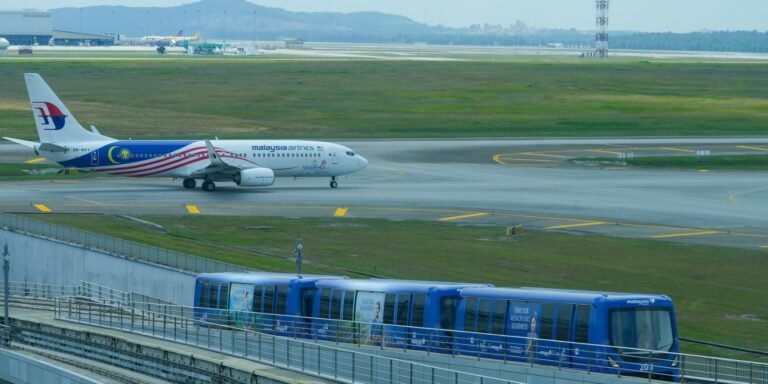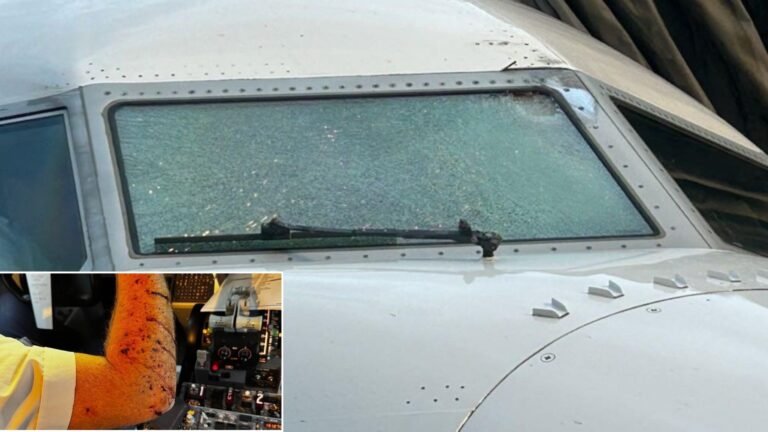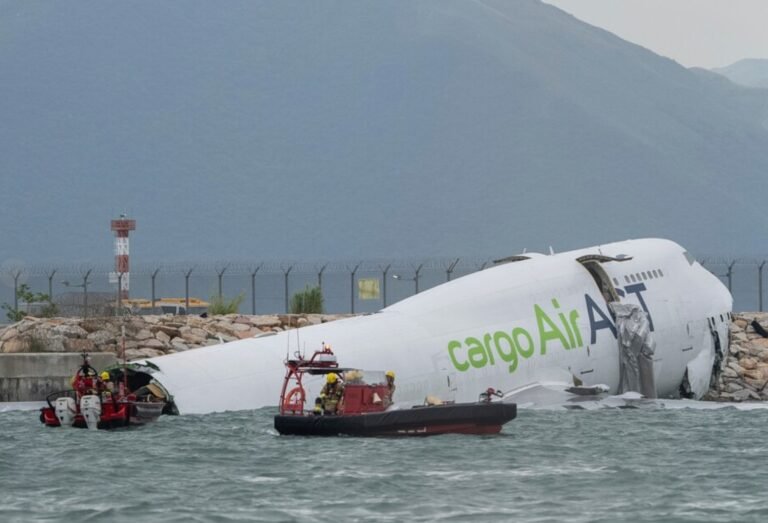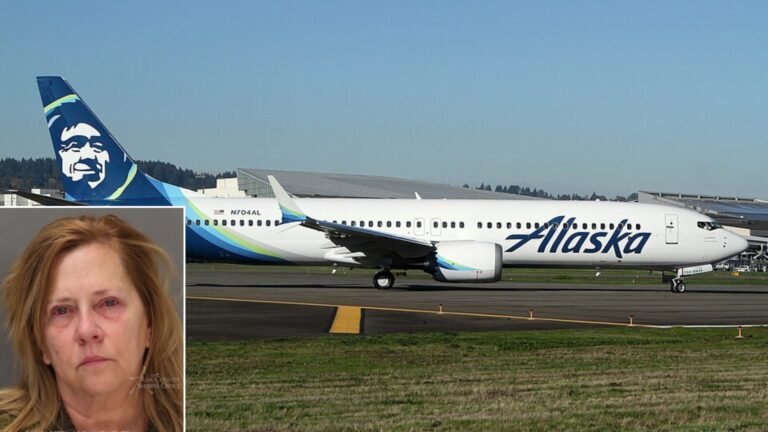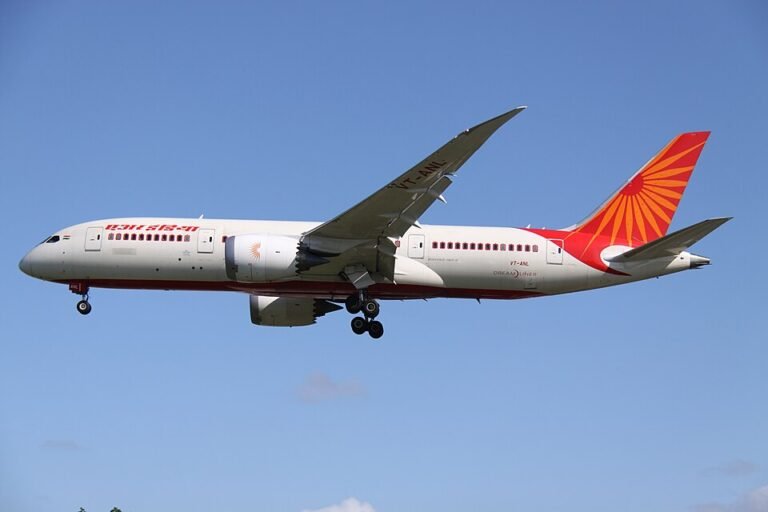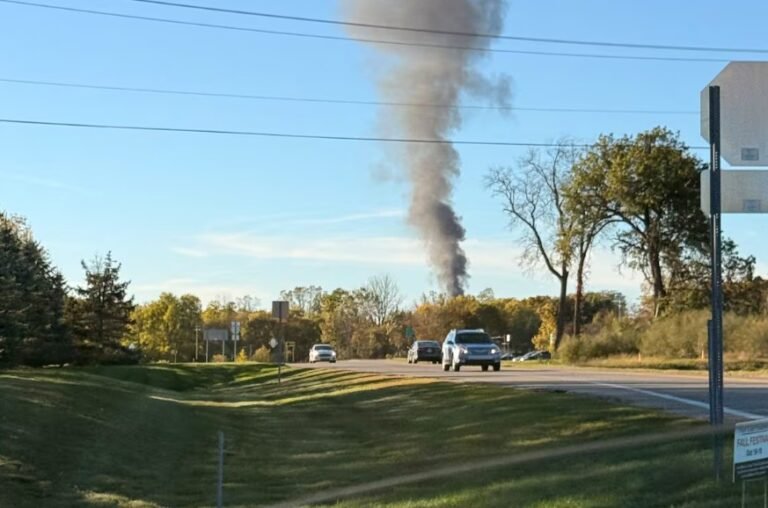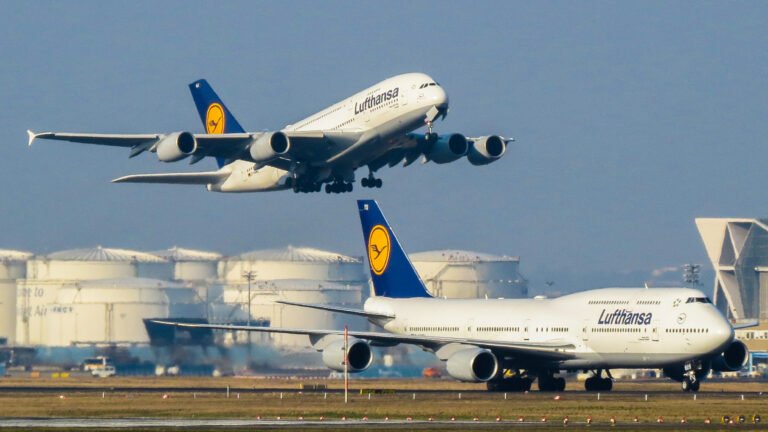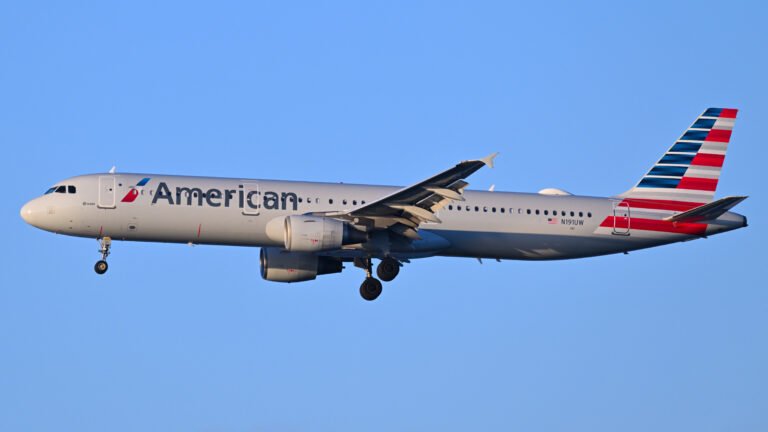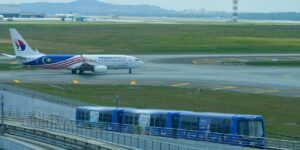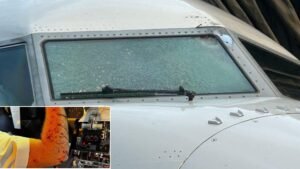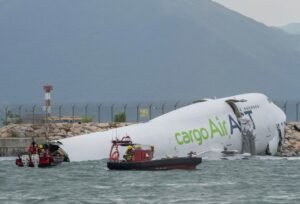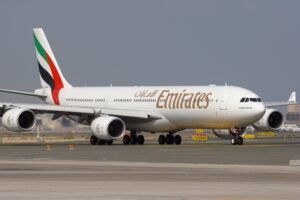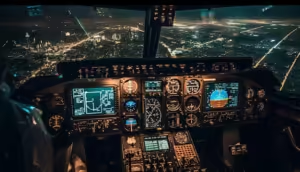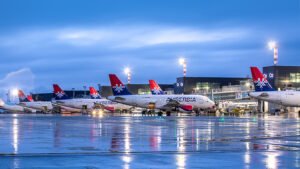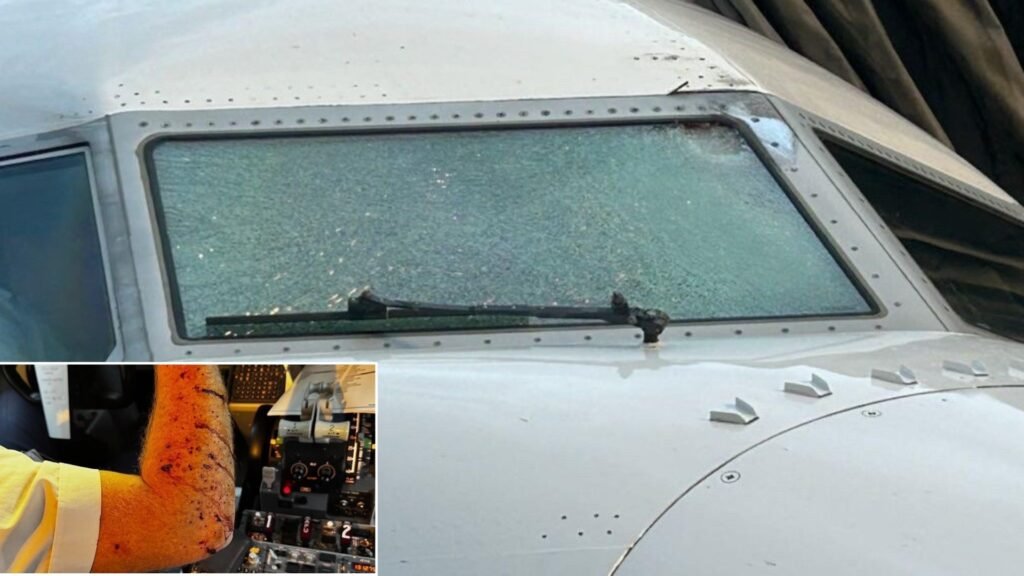
Utah, United States: A United Airlines pilot sustained injuries after an unidentified object shattered the cockpit windshield of a Boeing 737 MAX 8 cruising at 36,000 feet on Thursday, forcing an emergency diversion to Salt Lake City International Airport.
The flight, operating as United Airlines 1093 from Denver (DEN) to Los Angeles (LAX), was carrying 134 passengers with 6 crew members when the incident occurred approximately 37 minutes after departure. The aircraft tail number N17327 began a controlled descent from its cruising altitude and safely landed in Salt Lake City without further incident.
Photographs circulating online show a spider-webbed outer windshield and blood on the pilot’s arm, believed to be caused by flying glass fragments inside the cockpit. United Airlines confirmed that one of the pilots sustained a “minor injury” and was treated after landing. All passengers were unharmed and later transferred to another aircraft to continue to Los Angeles.
“The outer pane of the multilayer windshield was damaged, but the aircraft maintained pressurization and all flight controls functioned normally,” United Airlines said in a statement.
The National Transportation Safety Board (NTSB) and the Federal Aviation Administration (FAA) have launched an investigation to determine the cause of the windshield failure. The damaged windshield has been sent to an NTSB laboratory for forensic analysis.
Early images of the damage show scorch marks and what appear to be sheared rivets around the impact area, leading investigators to consider several possibilities including a collision with high-altitude debris, a micrometeorite, or a failure in the windshield’s electrical heating system.
At 36,000 feet, the chances of a bird strike are virtually impossible, eliminating one of the most common causes of windshield damage at lower altitudes.
“We are exploring all potential explanations from internal electrical faults to external debris impact,” an NTSB spokesperson told ABC News. “It’s too early to draw conclusions until the windshield undergoes structural testing.”
A California-based company that operates autonomous weather balloons said one of its balloons may have been in the same airspace as Flight 1093 and that it is cooperating fully with authorities. No official link has yet been confirmed.
Several passengers described a loud “bang” followed by a rapid descent. “There was a sharp jolt, then the captain announced we were diverting.”
Aviation analysts say the nature of the damage concentrated on the upper-left cockpit window and accompanied by burn-like discoloration suggests an external strike rather than an internal electrical failure.
“At that altitude, only space debris, high-altitude ice, or an electrical explosion could cause this pattern,” aerospace engineer Mark Pilling told AvGeekery.
Despite the extensive cracking, the multilayer windshield design prevented cabin depressurization. The aircraft’s reinforced windshield system consists of three laminated panes, only the outer layer of which was compromised. The NTSB has not released a preliminary report yet but is expected to do so within weeks.

